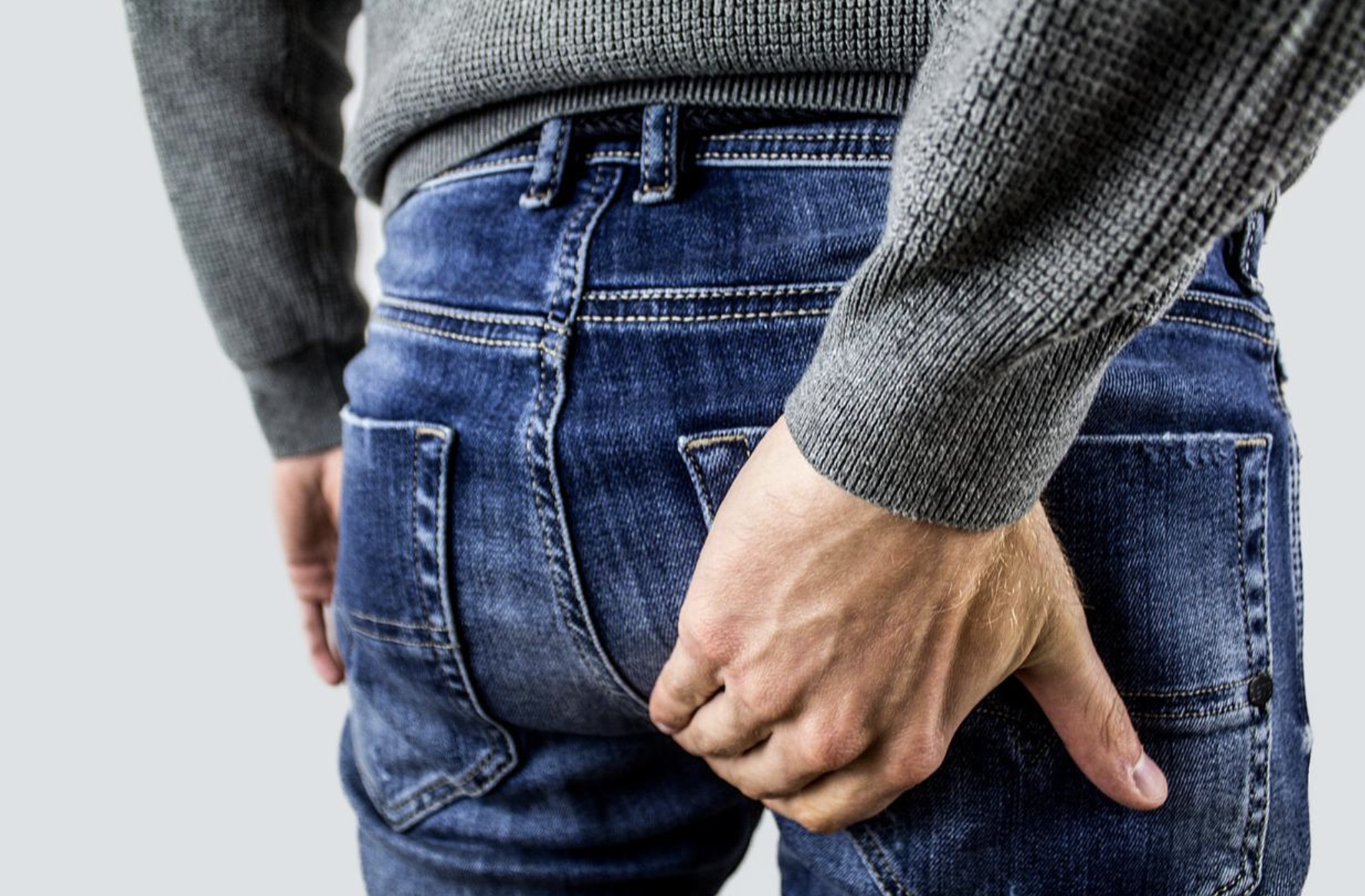Tailbone pain or coccydynia can be very frustrating and can greatly affect your quality of life. Coccydynia is pain in the triangular bone at the very end of your spinal column called your coccyx. The coccyx is actually 3-5 fused vertebrae. It has several muscles, tendons, and ligaments that attach to it.
Tailbone pain can be caused by external factors, like trauma (i.e. falling), internal factors, like childbirth, or other things like abscesses and tumors.
Women are more likely to get tailbone pain than men due to the shape of the pelvis being wider. When we sit, the ischial tuberosities take the majority of our weight. Those are the bones right under your glutes. When the pelvis is wider, those bones take less weight, placing more on the tailbone. Women are also more likely to develop tailbone pain due to childbirth.
When we think of external pain, not only is something like bruising your tailbone from a fall a possibility, but also bruising or repetitively irritating it (repetitive strain injury) from something like cycling or rowing. To help prevent this, wearing padded shorts can help.
One thing that helps with tailbone pain is stretching.
Stretches that can help tailbone pain
Pigeon Stretch - Seated or on the floor
Strengthening also helps this condition. Make sure to focus on your glutes, core, and pelvic floor. Don’t know how to target these areas? A physical therapist can assess you to see how much of what you need and show you specific exercises for your deficits.
In severe cases, things like medication can help. Talk to your primary care if you have long-term problems with your tailbone and are significantly limited in function (i.e. you can’t sit for more than 5-10 minutes). Tailbone pain is rarely lifelong, so you may be going through a temporarily harder time with it.
Other things that can help include using a seated cushion or increasing movement. If you are on the bike for 30 minutes, make sure to stand up out of the saddle frequently even if it’s an easier ride. If you work at a desk all day, don’t forget to stand up. Sit-to-stand desks are highly recommended for people who have tailbone pain.
This is a small introduction to tailbone pain and treatments for it. If you are experiencing tailbone pain, you should check in with a physical therapist. We will look at your range of motion, strength, and more to tell you specifically what to do for your presentation. A general outpatient physical therapist can help, but a pelvic health physical therapist is even better, especially if you also have pelvic symptoms with your tailbone pain.
Contact us to learn more or inquire about your tailbone pain!


